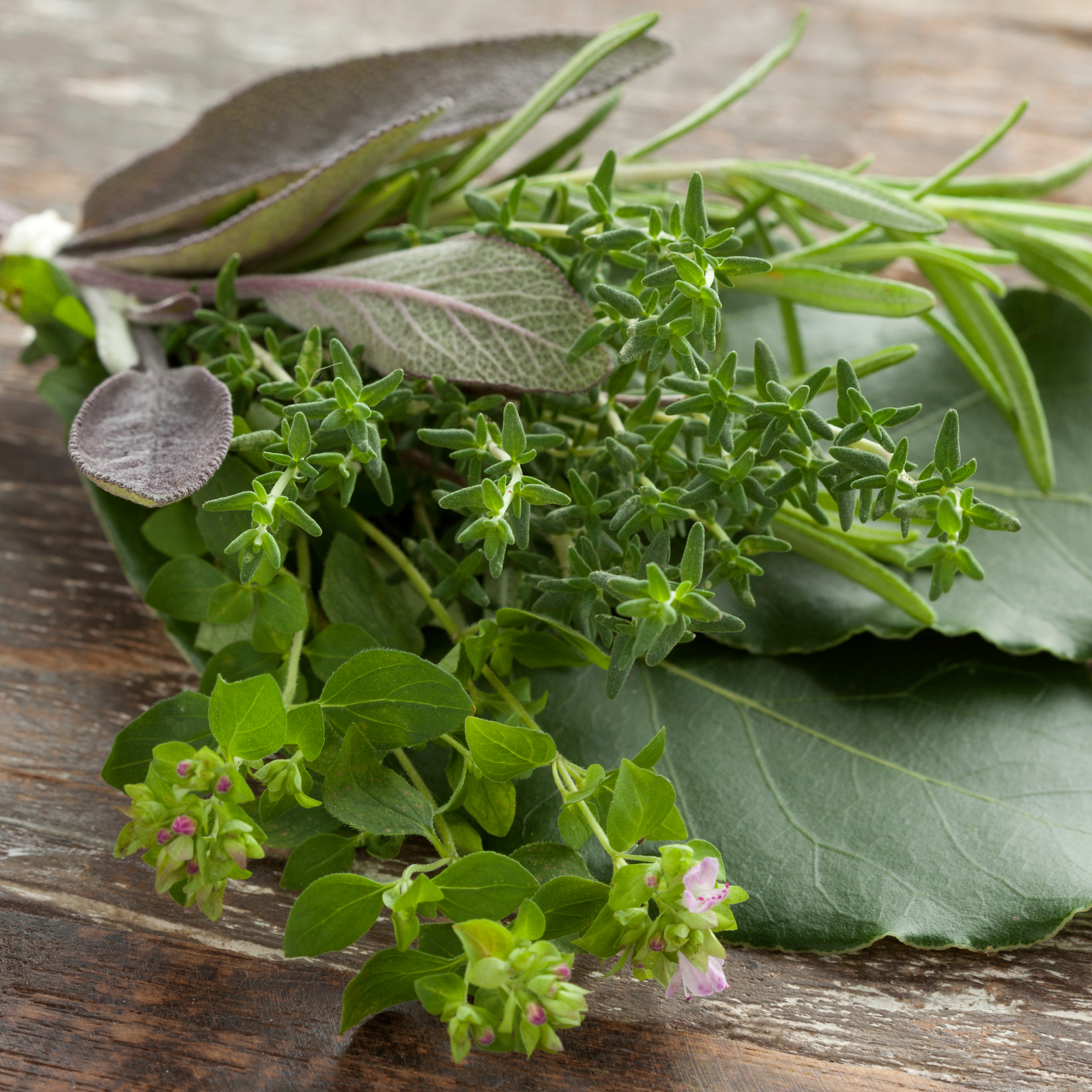Marrow Squash Plant – How To Grow Marrow Vegetables


Plants have a long history of earning regional common names for their physical attributes or unique features. The word “marrow” immediately brings to mind the creamy white, spongy substance inside bones. In gardens in the UK and other countries around the world, “marrow” refers to certain varieties of summer squash, which are called marrow vegetables because their 10 to 12 inch (25-31 cm.), oval shaped fruit contains a creamy white, spongy interior flesh surrounded by a hard but thin skin. Read on for tips on how to grow marrow plants in your garden.
Marrow Squash Plant Info
The vegetable Curcurbita pepo is the variety of squash most commonly called marrow. However, Curcurbita maxima and Curcurbita maschata are similar squash varieties which may be sold under the same common name. They produce medium to large plants that will continually produce new fruits throughout the growing season. The heavy production and compact growth habit of marrow vegetable plants make them ideal size for pocket gardens in smaller landscapes. Plants mature in 80 to 100 days. Their fruit can be harvested prematurely and used like zucchini. Marrow vegetables have a rather bland taste on their own, but their marrow-like flesh holds spices, herbs, and seasonings well. They also are good accents for other vegetables or meats with strong flavors. They can be roasted, steamed, stuffed, sautéed, or prepared in many other ways. Marrow vegetables are not a vitamin rich superfood, but they are packed with potassium.
How to Grow Marrow Vegetables
Growing marrow squash plants requires a site protected from cool winds and rich, moist soil. Young marrow plants can be susceptible to frost damage in spring. Plants can also suffer from wind damage if they are not placed in a sheltered location. Before planting marrow plants, the soil should be prepared with lots of rich, organic material to help provide nutrients and retain moisture. Best flower and fruit set is accomplished when planted in full sun and fertilized with a vegetable fertilizer every two weeks. Plants should be watered regularly to maintain moist, but not soggy, soil.
Gardening tips, videos, info and more delivered right to your inbox!
Sign up for the Gardening Know How newsletter today and receive a free copy of our e-book "How to Grow Delicious Tomatoes".
-
 How To Make A Bouquet Garni Or Herb Bundle For Cooking
How To Make A Bouquet Garni Or Herb Bundle For CookingIf you’re a great cook, you may have made an herb bundle before. If this is a new idea, learn how to add sparkle and interest to your dish with a bouquet garni.
By Amy Grant
-
 ‘Coral Charm’ Peony Care For Sublime Semi-Double Peonies With Lush Salmon Pink Flowers
‘Coral Charm’ Peony Care For Sublime Semi-Double Peonies With Lush Salmon Pink FlowersPeonies are known for their soft baby pink or magenta tones, but if plushy coral blooms are your thing, here’s our guide to the ultimate ‘Coral Charm’ peony care
By Tonya Barnett